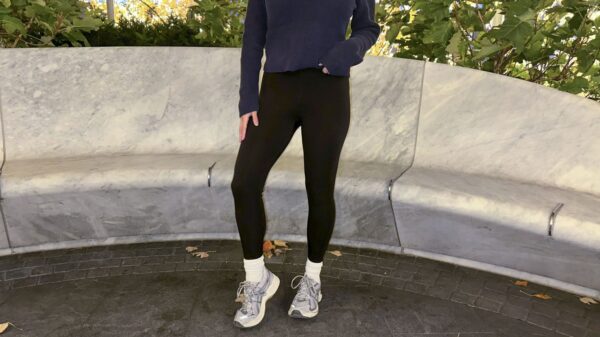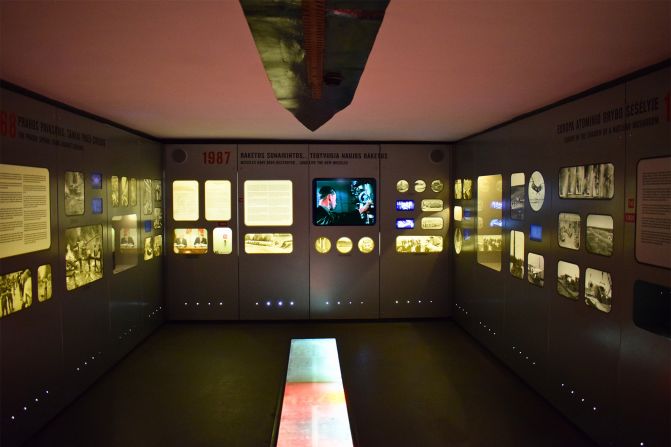Deep within the serene landscapes of Lithuania’s Žemaitija National Park lies the Plokštinė Missile Base, once a highly secretive site for Soviet missile operations. In 2024, this former military facility turned Cold War Museum drew approximately 35,000 visitors from around the world, eager to explore its eerie underground passages and remnants of the nuclear arms race.
As visitors approach the site, they encounter a landscape dominated by birch trees and Baltic pines, a stark contrast to the once-active military complex. The facility, completed in 1962 after two years of construction, was strategically located to house missiles aimed at NATO countries. The area was ideal, surrounded by dense forest which offered natural cover, and situated near Lake Plateliai, providing essential water for cooling systems.
Cold War Secrets Revealed
The Plokštinė Missile Base was a significant military project involving over 10,000 workers from various Soviet republics. Despite its secretive nature, the local population was aware of its existence. According to guide Aušra Brazdeikytė, who grew up nearby, “People didn’t know what kind of weapons were stored there, but we knew about this place.” The complex was heavily secured, featuring a two-mile electric fence and a hidden entrance, making access nearly impossible for outsiders.
US intelligence only confirmed the base’s existence in 1978, long after it had been decommissioned due to arms reduction agreements. Today, the museum showcases the remnants of this Cold War relic, allowing visitors to step into a time when the threat of nuclear war loomed large.
The entrance to the museum remains as it was during its operational days, marked by a sign instructing visitors to “wipe your feet.” Inside, guests discover a labyrinth of corridors leading to an underground command center and missile silos. The facility also included a power plant designed for emergencies, highlighting the extensive planning that went into its construction.
A Journey Through History
After Lithuania gained independence in 1990, the base was abandoned and subsequently looted for metal. However, with European Union funding, local authorities transformed the site into a museum, which opened in 2012. The museum features themed interactive exhibits that delve into the Cold War era, showcasing Soviet military artifacts, propaganda, and lifelike mannequins that depict soldiers of the time.
The most striking feature of the museum is the missile silo, plunging 100 feet into the earth. Visitors often feel a sense of awe and trepidation standing at its edge. The site bears witness not only to military history but also to tragedies; Brazdeikytė recalls, “A soldier fell to his death when his [safety] belt broke during a routine service check.”
Nearby, the remnants of a once-thriving military town, which housed around 300 soldiers and officers, stand eerily vacant. After the base’s decommissioning, some of its buildings were repurposed into a summer camp for children until 1990. Today, the ghost town is overgrown, with former storage hangars barely visible under layers of mud and grass.
The juxtaposition of this somber site against the picturesque backdrop of Žemaitija National Park serves as a reminder of Lithuania’s complex history. The region, rich in cultural heritage and natural beauty, has evolved from its Cold War scars to become a destination for thoughtful tourism. Visitors can explore local traditions, sample regional cuisine such as cepelinai and šaltibarščiai, and enjoy outdoor activities around Lake Plateliai.
Once a strategic military installation, the Plokštinė Missile Base now stands as a testament to history, drawing visitors who seek to understand the complexities of the past while enjoying the serene landscapes of modern Lithuania.






































































